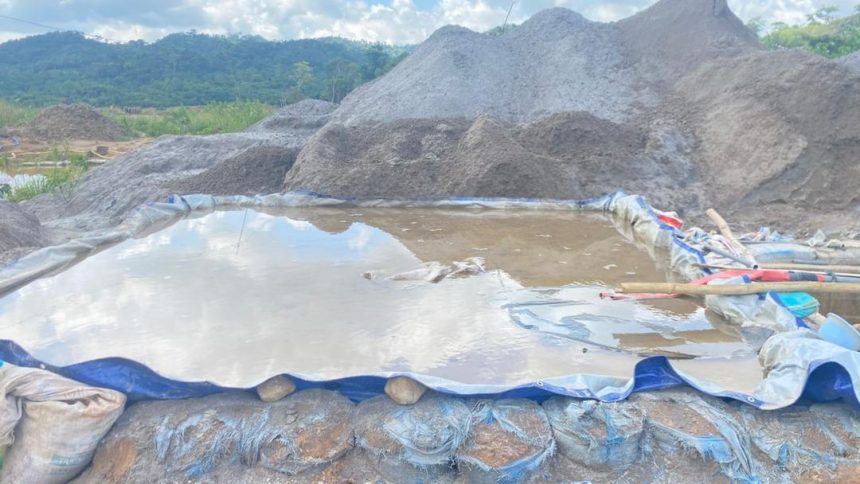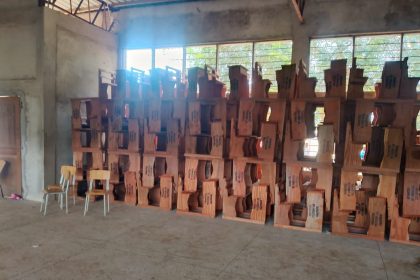Authorities in the Amansie West District of the Ashanti Region are responding to reports of suspected cyanide contamination in local water sources, with concerns mounting over potential environmental and public-health impacts.
Residents in several communities within the district say water bodies and runoff channels near mining areas exhibited unusual discoloration and foul odours within the past week. Local eyewitnesses claim to have spotted cylinders marked as sodium cyanide dumped near road trenches or beside lorry tracks, in areas reportedly used for transporting mining reagents. One account described seeing “white barrels with foreign-script labels” left by a roadside about 10 metres from a major haulage route.
Following these reports, district authorities on Monday confirmed they had launched an investigation “into suspected cyanide contamination in the Amansie West District.” Water-quality sampling teams from the Ghana Environmental Protection Agency (EPA) and the Ghana Health Service (GHS) have been dispatched to examine suspected zones, and local residents have been advised to avoid drinking water from streams and open wells until the results are known.
According to sources, the contamination incident may be linked to illicit imports of cyanide by foreign nationals, purportedly from Burkina Faso, for use in unregulated small-scale gold mining operations in the area. The report claims that the cylinders of sodium cyanide were found in trenches near roads used by mining lorries, raising suspicion of improper disposal or dumping of mining reagents.
District officials have not yet confirmed the identity of those responsible but said they are working closely with police and the EPA to trace the origin of the barrels and assess the environmental threat.
Cyanide is a highly toxic chemical used in gold mining for leaching gold from ore. If released into the environment, it can kill aquatic life, contaminate water supplies and present serious human-health risks. In Ghana’s context, where high-gradient artisanal and small-scale mining is common and regulatory oversight is often weak, such incidents raise broader governance questions.
In Amansie West, the proximity of traditional water sources and farming lands to mining zones means contamination could affect local livelihoods, agriculture and domestic water consumption. The health service has reportedly been placed on alert to monitor local clinics for cases of poisoning, skin irritation or unexplained illnesses.
District and regional authorities say they have established an ad-hoc task group, combining the EPA, GHS, district assembly officials and mining-sector regulators, to fast-track sampling, assessment and community outreach. The task group is also working to identify and seal off the suspected dumping sites, collect abandoned reagent cylinders, and determine whether the cyanide was used legally or illicitly.
In addition, residents are being briefed on precautionary measures: using treated or bottled water, avoiding consumption of fish or water spinach from affected streams, and reporting any strange barrel sightings or discharges. The EPA indicated that it would publish water-quality results within 72 hours once samples are analysed.
Officials have not yet released data showing measured cyanide levels, identified culprits or produced an environmental-impact prognosis. Some community members expressed anxiety over what they say has been slow official communication and limited compensation mechanisms should contamination prove real.
Some farmers fear that even if contamination is contained, the stigma of having water-ways labelled “poisoned” may affect crop sales and land values. Further, artisanal miners argue that a crackdown on reagent handling may target them disproportionately unless formal sector actors are also held to account.






